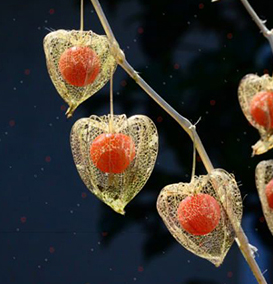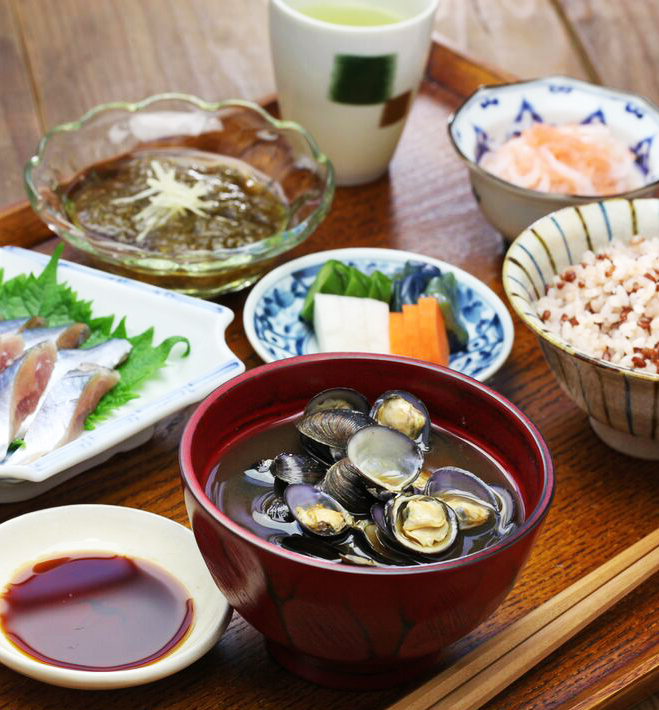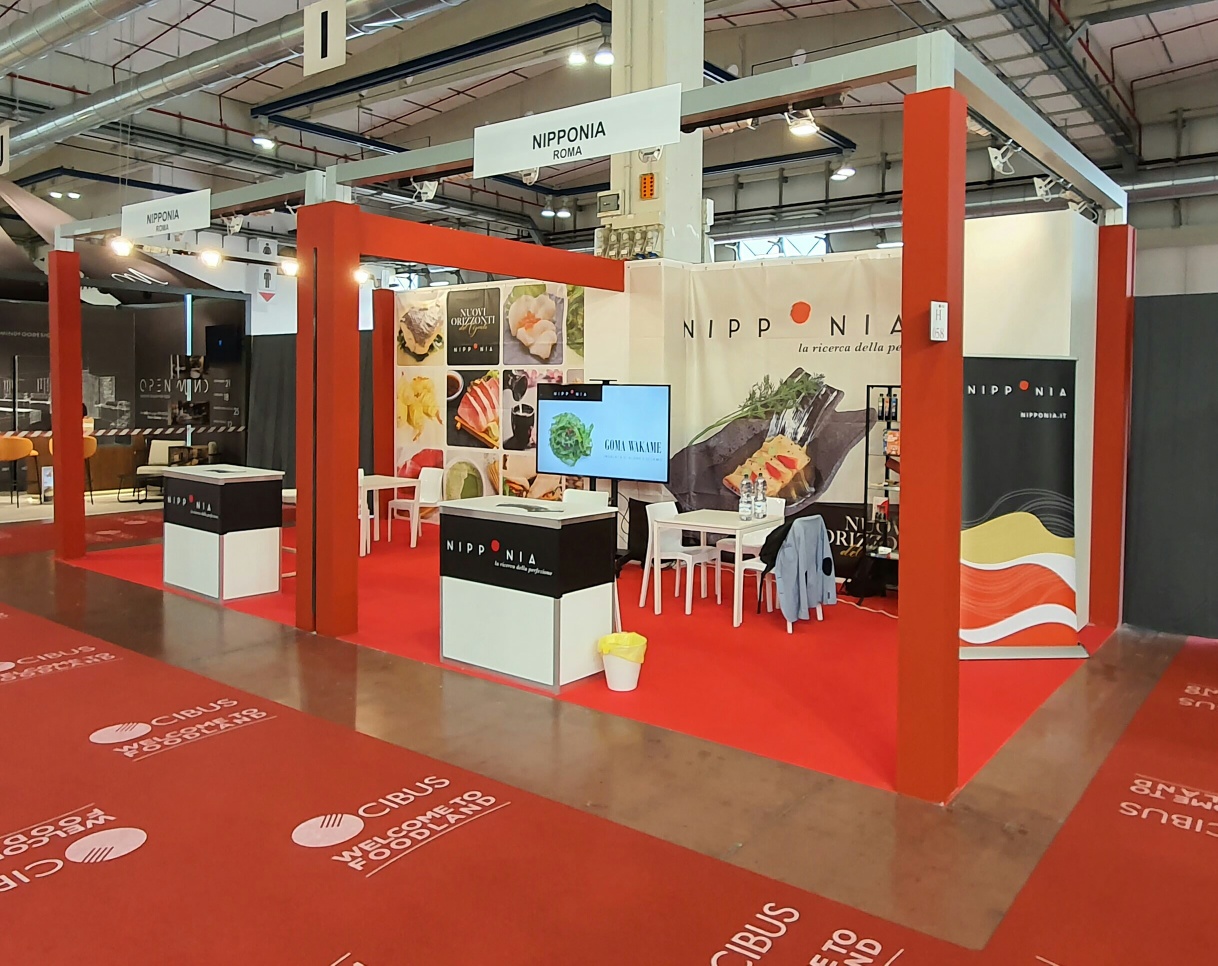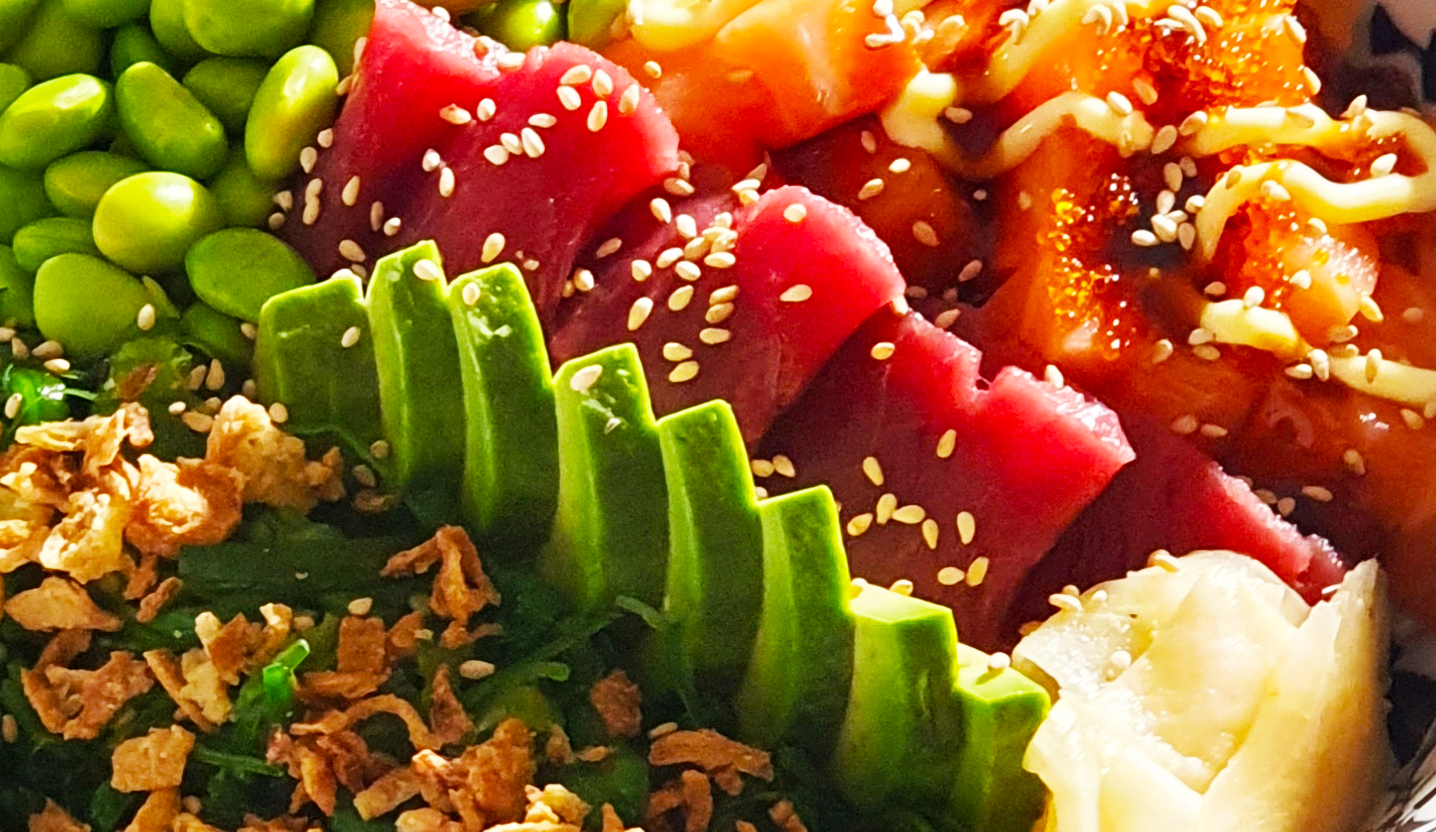Amihozuki flower skeleton for decoration
Wandering in the bush on a late spring morning, Yukyo, a chef at a restaurant in Kyoto, picked this wilted flower, and was fascinated by the beauty of the net-like embroidery of the skeleton supporting the thin veil of the flower Phalisalis alkekengi also called, because of its resemblance, “Chinese lantern.”
Amihozuki
, in Japanese.
When the wind carries away that thin petal there remains this cage of squiggles that looks like a work of the finest chisel and contains a red fruit. Yukyo had the genius and insight to see that natural work of art adorning one of his dishes.
Shortly thereafter, a photo portrayed in a national gravure magazine a plate where among the other component elements of a movingly beautiful image, detached this mesh nest that seemed to have been shaped and embroidered by an artist’s hand.
This is a solanacea, the Alchechengi, quite common in Italy, even used by some to decorate cakes, but mostly as a whole flower with fruit, perhaps because ours has a more feeble structure than the Japanese one.
Its use is new even in Japan; it is not easily found, but a Japanese company that focuses only on innovation and research in food had the bright idea to offer chefs around the world this masterpiece of nature to adorn their dishes and creations.
It can be an isolated element on the plate, detached from the dish, or it can be the very container of a small taste. It is certain, however, that it lends itself to multifaceted use and is sure to have a scenic effect.
Nipponia is proud to offer this absolute premiere and make it available to European chefs.




